Pressure vessels are industrial containers designed to hold vapors, liquids, or gases under specific pressure conditions. These vessels are essential in various industries, from energy production to chemical processing, and their safe operation is crucial for both personnel and equipment. Given the high-pressure environments they operate in, pressure vessels can be hazardous if not properly maintained. Regular inspections play a vital role in ensuring these systems remain safe and functional over time, helping to identify potential issues before they escalate into serious problems. This article explores what pressure vessels are, the importance of inspections, common questions about them, and how modern technology like drones is revolutionizing the inspection process. Although we’ve briefly defined pressure vessels at the start of this article as “containers designed to hold vapors, liquids, or gases at a specific pressure,†it's important to understand that each country has its own legal definition. This variation underscores the need for careful consideration when dealing with such critical equipment. The strict definitions exist because pressure vessels pose significant risks. If improperly handled, they can lead to catastrophic failures, which may result in explosions, fires, or dangerous gas leaks. To mitigate these risks, every country has regulations governing the design, construction, and operation of pressure vessels. Each pressure vessel also has specific operating parameters—known as design pressure and design temperature—that must be strictly followed. Operating beyond these limits could lead to severe consequences, including structural failure and safety hazards. Understanding the design and operational constraints of a pressure vessel is essential for anyone involved in its use, maintenance, or inspection. Pressure vessels share several key characteristics that make them suitable for high-pressure applications: Psig measures the pressure above atmospheric pressure. Understanding this concept is important for proper vessel operation and safety. There are many types of pressure vessels, each serving different purposes in industrial settings: Given the inherent risks, safety is a top priority in pressure vessel design. Two key safety features include: Regular inspections are a critical part of maintaining the integrity and safety of pressure vessels. This section covers the frequency of inspections, what they involve, and the types of testing used. Most regulatory bodies require pressure vessels to be inspected at least once every five years. Additional inspections are needed after installation and before the vessel is put into service. Inspections typically involve checking the external and internal condition of the vessel, measuring thickness, analyzing stress, and testing pressure release valves. Hydrostatic tests are also performed to verify the vessel’s integrity. Five common non-destructive testing methods are used during inspections: Inspectors visually examine the vessel for cracks, corrosion, or other visible defects. Uses sound waves to detect internal flaws and measure wall thickness. Uses X-rays to detect internal and surface defects. Identifies surface and near-surface flaws using magnetic fields. Uses a liquid penetrant to reveal surface defects, often under UV light. Here is a list of items typically checked during an inspection: A printable checklist can help streamline the inspection process and ensure nothing is missed. Below are answers to some frequently asked questions about pressure vessels: Typically, a vessel is classified as a pressure vessel if it operates at 15 psig or higher. This threshold varies slightly by jurisdiction, but it serves as a general guideline. An unfired pressure vessel is not directly heated, while a fired one is. Fired vessels require additional safety measures due to the risk of overheating and subsequent failure. Regulatory oversight varies by country, but common standards include the ASME Boiler and Pressure Vessel Code in North America and the European Pressure Equipment Directive. Standards include ASME Section VIII, EN 13445, and AD Merkblätter, among others. These ensure consistency and safety in the design and operation of pressure vessels globally. Drones have become a game-changer in the inspection of pressure vessels. They allow inspectors to gather visual data without entering confined or hazardous spaces, improving safety and efficiency. The Elios 2 drone, for example, is designed to navigate tight spaces safely, making it ideal for inspecting complex structures. Its features include flight stabilization, powerful lighting, and high-quality imaging, all of which enhance the inspection process. Here are five major benefits of using drones for pressure vessel inspections: Drones eliminate the need for human entry into potentially dangerous environments, significantly reducing the risk of injury. Using drones reduces the need for scaffolding and other costly infrastructure, leading to substantial savings for companies. Drones can reach areas that are difficult or impossible for humans to access, providing a more comprehensive inspection. Drones can collect high-resolution images and video, creating a detailed record of the vessel’s condition for future reference. Increased inspection frequency through drone use can reduce greenhouse gas emissions. For example, a study found that using the Elios 2 could cut CO2 emissions by up to 649 metric tons annually.  As technology continues to evolve, so too do the methods used to inspect pressure vessels. Emerging trends suggest a growing reliance on remote visual inspection (RVI) tools like drones and advanced sensor technologies. Drones are becoming increasingly popular for pressure vessel inspections due to their ability to quickly and safely access hard-to-reach areas. Their use not only improves safety but also enhances efficiency and reduces costs. With the ability to conduct inspections more frequently, companies can maintain better control over the condition of their equipment, leading to improved long-term performance and reduced downtime. New technologies, such as SLAM (Simultaneous Localization and Mapping), enable drones to create real-time 3D maps, allowing for more precise navigation and defect identification. Combined with advanced sensors, drones can now provide detailed data on everything from temperature to gas leaks. Software advancements also support faster data analysis, enabling inspectors to make informed decisions more quickly. As these technologies continue to develop, the future of pressure vessel inspections looks more efficient, accurate, and safe than ever before. Ceramics Section Machine,Ceramic Cutting Machine,Ceramic Cutting Machinery,Cnc Finishing Machine Changzhou Kuaile Technology Co., Ltd , https://www.quartzglasssectionmachine.comWhat is a Pressure Vessel?
What is a Pressure Vessel?
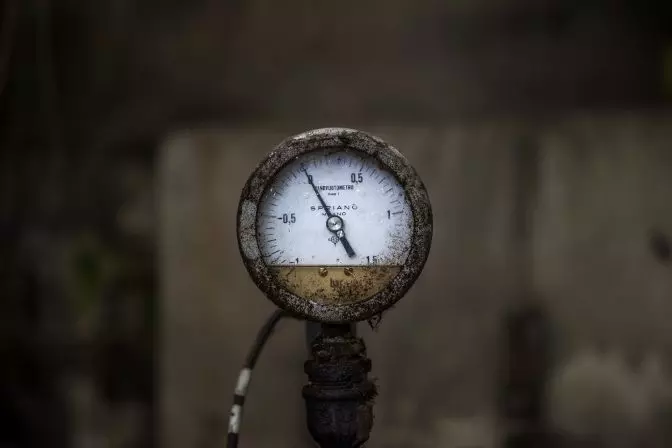
Common Characteristics of Pressure Vessels
Types of Pressure Vessels
Safety Considerations in Pressure Vessel Design
Pressure Vessel Inspections
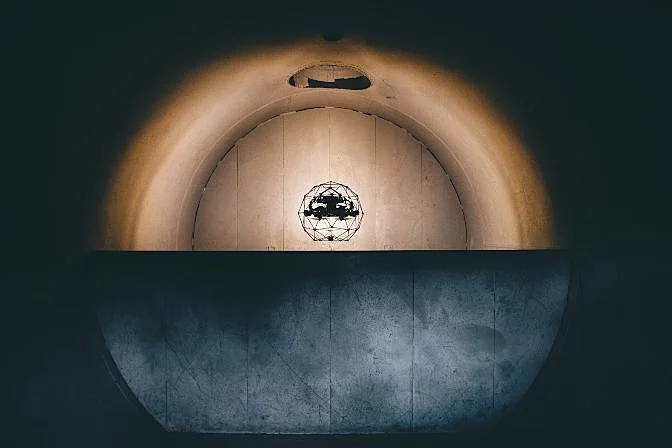 The Elios 2 collects visual data during a pressure vessel inspection
The Elios 2 collects visual data during a pressure vessel inspectionFrequency of Inspections
What Is Done During an Inspection
Types of Pressure Vessel Testing
1. Visual Testing
2. Ultrasonic Testing
3. Radiographic Testing
4. Magnetic Particle Testing
5. Dye Penetrant Testing
Pressure Vessel Inspection Checklist
External Inspections
Internal Inspections
Common Questions About Pressure Vessels
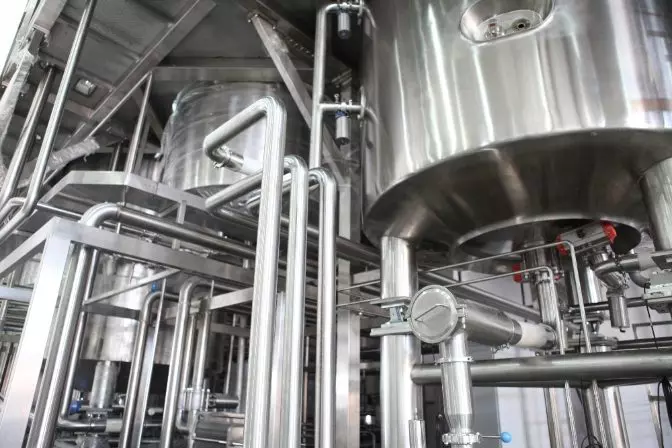
At What Pressure Does a Vessel Become a Pressure Vessel?
What Is the Difference Between an Unfired and a Fired Pressure Vessel?
What Regulatory Bodies Oversee Pressure Vessels?
What Are the Pressure Vessel Standards Around the World?
Five Ways Drones Can Help with Pressure Vessel Inspections
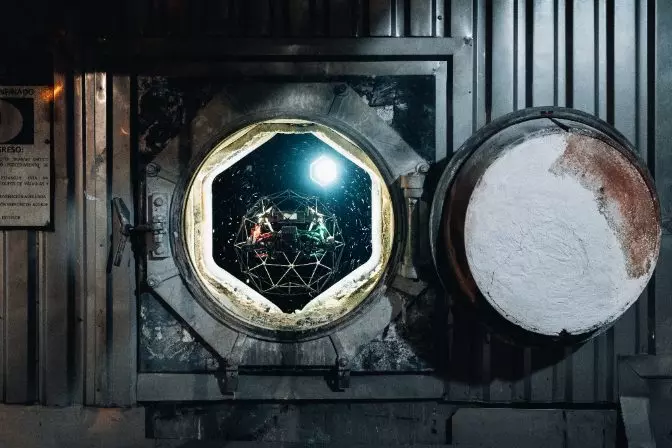
1. Safety
2. Cost Savings
3. Access
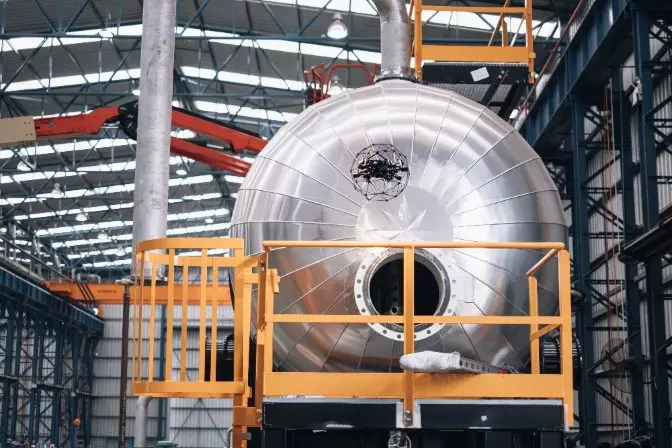 The Elios 2 inspecting a gas tank
The Elios 2 inspecting a gas tank4. Better Data
5. Environmental Benefits
The Future of Pressure Vessel Inspections
The Growing Adoption of Drones
Recent Technological Advances May Diversify Drone Use Cases